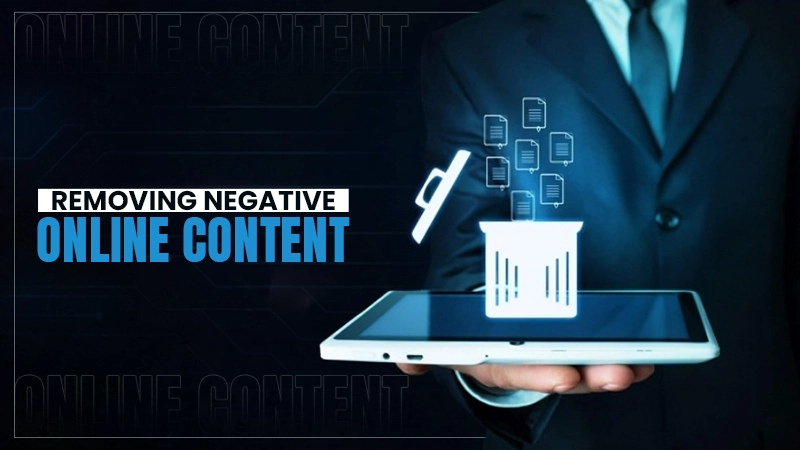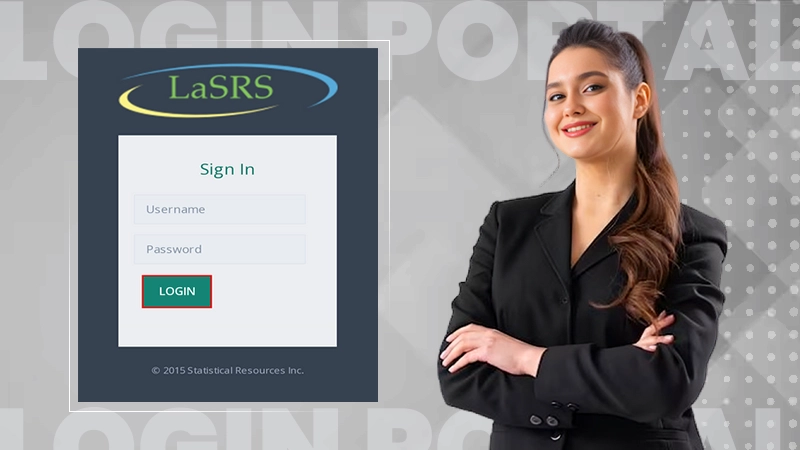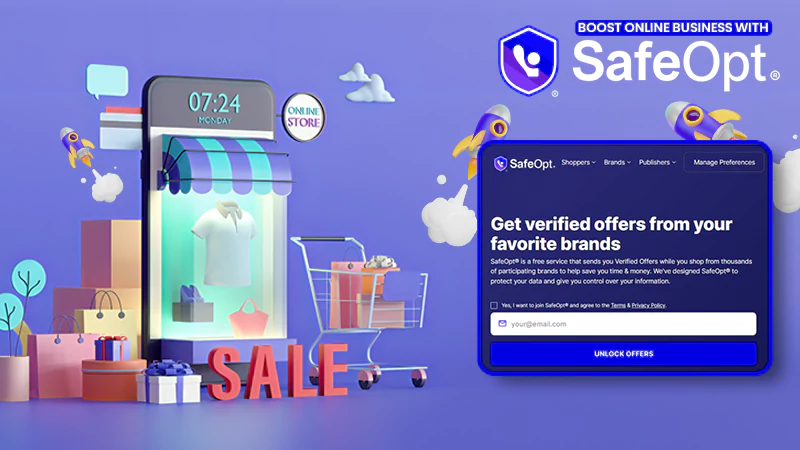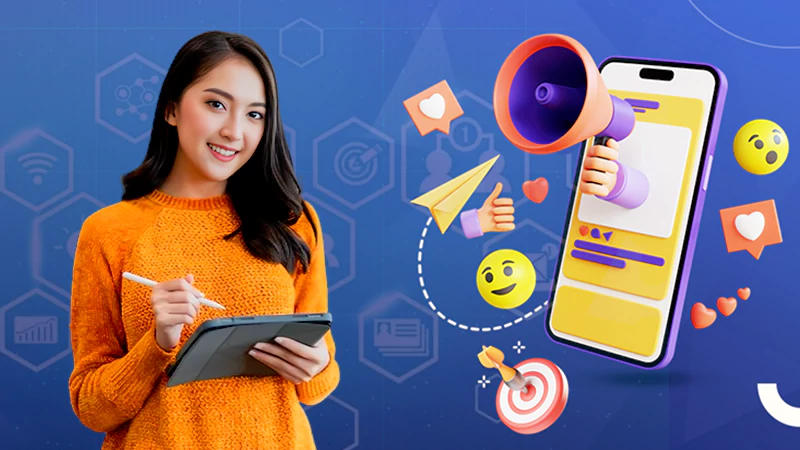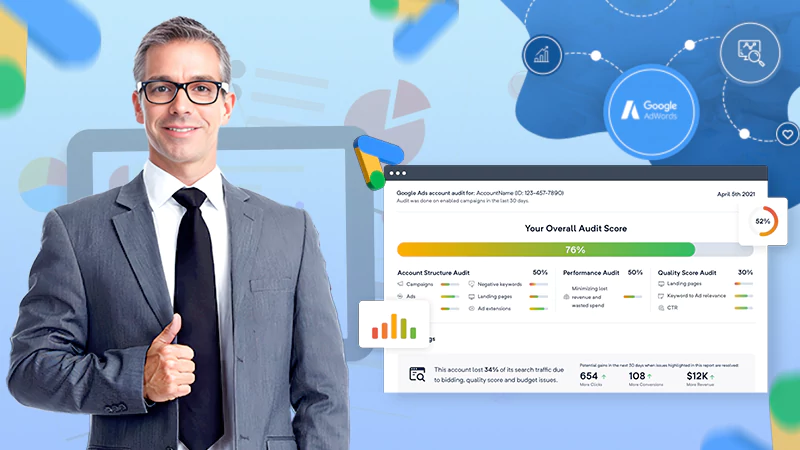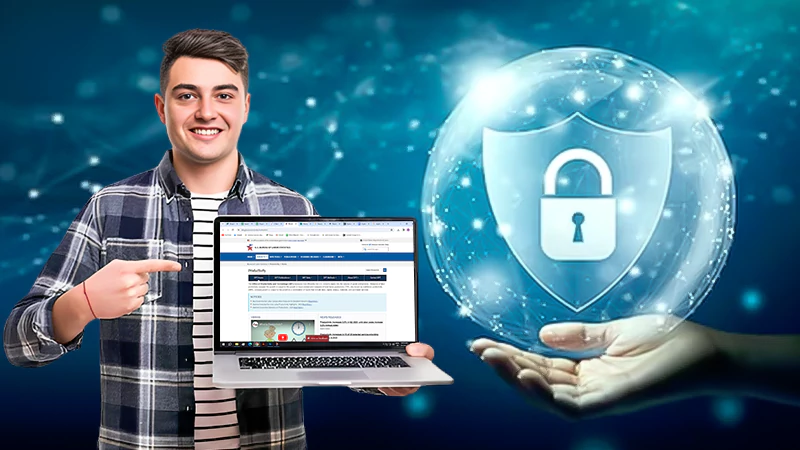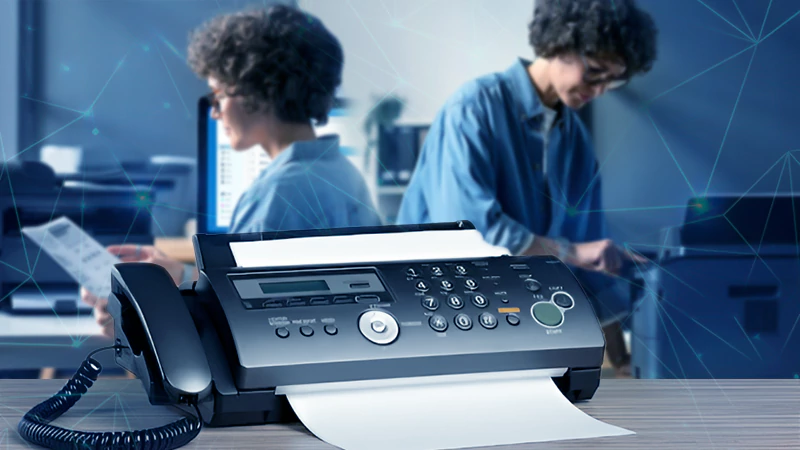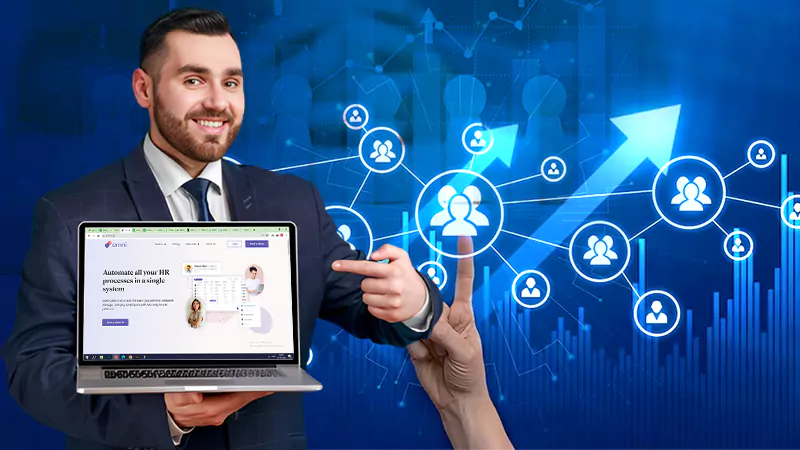Integrating Your LMS With CRM is a Great Way to Streamline Your Business
Although most companies understand how crucial it is to develop relationships with their clients, few have thought about how to best do so while also enhancing their clientele’s experience. Client relationship management (CRM) software is used by many firms to make sure that salespeople are soliciting leads, completing transactions, and maintaining customer satisfaction throughout the contract.
If you don’t integrate your CRM system with your learning management system(LMS), you may be passing on one of the most useful capabilities it has to offer. By reducing processes and enhancing service across the board, integrating your LMS and CRM systems can help you run your business more efficiently and cost-effectively.
By combining your CRM with a potent LMS like Docebo, for instance, you can make use of these advantages. Your organization might gain a lot of advantages if you learn LMS and how CRM integration can benefit your organization’s training initiatives.
To streamline your business, we’ll walk you through the different fundamental factors, viability, obstacles, and procedures you’ll need to take to link your CRM with an LMS. Let’s get going.
What’s a CRM?
The only thing you need to know about customer relationship management software is that it’s a computerized system created to assist you in developing relationships with your clients. It keeps tabs on who they are, their spending habits, their hobbies, and the kinds of goods and services they consume.
Users can also create reports on sales performance, leads produced, and other information using the majority of CRMs. Depending on the requirements of your company, you might choose a more sophisticated system with features for inventory management or business intelligence reporting.
Also Read:- 8 signs your business needs to switch to a new CRM
For your learning management system, each alternative will, of course, have a distinct set of integration capabilities, as well as a range of setup and maintenance expenses.
What’s an LMS?
Learning management systems are tools that facilitate,
- Keeping track of employee training
- Streamlining operations such as certifications, documentation, online training, team meetings, mentoring programs, online seminars, and customer Q&A sessions.
They enable you to track performance or behavioral changes among corporate learners, as well as their participation in training.
Virtual classroom learning management systems (VLMS), enterprise learning management systems (ELMs), mobile learning management systems (MLMS), and microlearning solutions are a few examples of the various types of learning management systems. Each has its unique capabilities for controlling corporate learning and participation in collaborative spaces for users at various organizational levels.
Can Integration Happen?
Although it is feasible, is it useful? You might discover that connecting your customer relationship management (CRM) system with your learning management system (LMS) is more difficult than it first appears when you consider your options.
If there aren’t any APIs (application programming interfaces) or XML feeds that make integration reasonably simple, it’s definitely best to avoid attempting to connect systems. Instead, put your attention towards enhancing sales efficiency in other areas, which, incidentally, frequently has a greater influence on delivering results.
Offering a free trial, for instance, when selling pricey software licenses, might help shorten sales cycles and lower expenses related to missed chances. Instead of waiting for clients to call or use chat capabilities to request assistance, think about offering proactive customer support by email or phone.
The Benefits of Integration
Having information from your training materials transferred into your customer database is the most obvious advantage of linking your LMS with your CRM. You can immediately add a new customer’s name and email address to a list in your CRM, for instance, if they buy a training program on website design.
Additionally, you’ll have access to a history of each purchase, which will allow you to further tailor communications and marketing initiatives for better sales results.
How Do You Begin?
Start Small and Gradually Expand
Making a long training module with dozens of classes is a risky approach. Take a flexible stance and begin working straight away. After that, if necessary, get input from the first users to adjust the training process. It’s comparable to developing a tried-and-tested procedure.
Selecting the Best LMS
Your ability to deliver a high-quality learning experience will be helped by the right LMS. Creating a superior learning environment is your aim. The best choice is a versatile and adjustable LMS that can be customized to fit your demands as your educational offerings change over the ensuing years.
Pay Special Attention to Key Data
Knowing the data you’ll utilize is necessary to calculate the return on investment of your customer training. Make sure the system immediately gathers the crucial data you need.
The Difficulties of Integration
In terms of long-term performance, an LMS’s technical integrations are typically equally as crucial as the content it offers. The purpose of an LMS is to deliver learning materials. The way it presents that data reflects its ability to expand and sustain itself.
Many businesses frequently focus solely on the learning experience while ignoring the most crucial factor in choosing an LMS—the significance of technical interconnections. The only factor that can be blamed for this is the decision maker’s ignorance of technology integrations.
Without technical integrations, it is hard to provide users with insightful analytics about how the LMS program and eLearning are impacting your organization. On the other hand, you risk relying too much on activity or volume measurements, which don’t offer the organizational or personal attributes necessary for jobs like organizing the workforce, succession, and learning routes.
LMS integrations also support the automation of manual tasks and ease of use. Without them, both administrators and users would find the user experience burdensome and slowed down by pointless job duplication between the systems.
Conclusion
Before deciding whether to integrate an LMS with your CRM, you need to be aware of a number of fundamental facts that we have discussed. We hope that after reading this, you will be better equipped to make the best choice to start optimizing your company’s training initiatives.
The Challenges and Benefits of Removing Negative Online…
Unlock the Simplest Way to Access LaSRS Login…
Strategic Wins: How SafeOpt Can Boost Your Online…
5 Reasons Why Marketing Matters in Business?
Google Ads: What Are the Basic Checklists to…
The Crucial Role of Press Releases in a…
8 Best Tech Tips to Implement for Better…
Fax Machines in the Digital Age: A Sustainable…
Breaking Barriers: The Power of Business Translation Services
Why Do Businesses Need a Dedicated Mobile App?
The Role of Onboarding in Improving Employee Retention…
3 Major Benefits of Onsite IT Support

